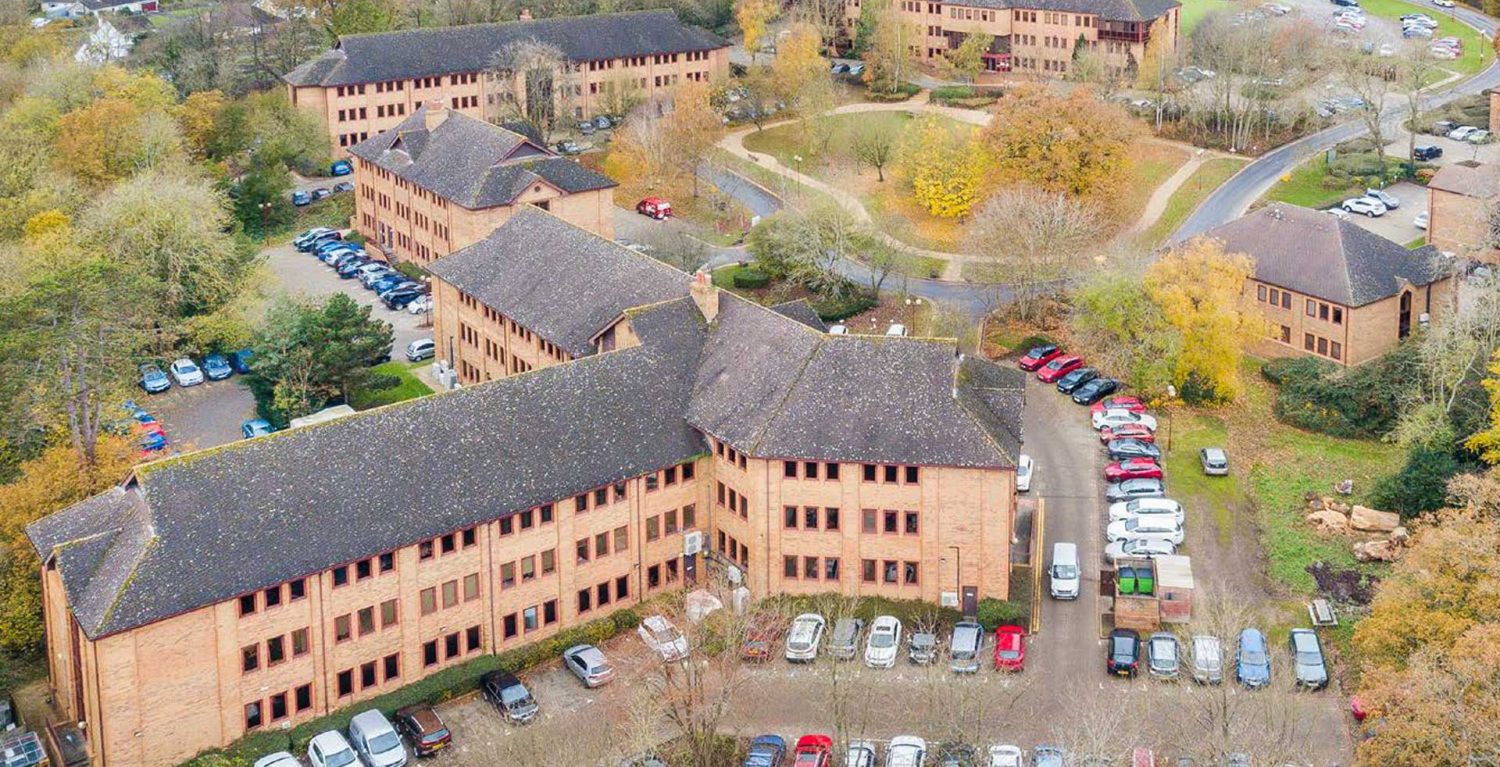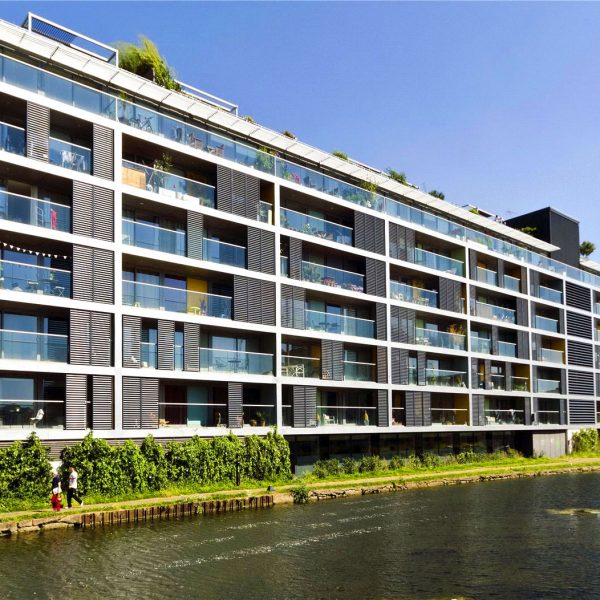Client
Facilities Management
Sector
Commercial
Project Type
Remediation
Equipment Used
Jetting, Tankering, CIPR, CIPP, Excavation
Onsite Duration
30 days
Location
Wiltshire
IntroductionFollowing a tender process, we were contracted by a facilities management company to remediate the foul and surface water drainage networks of a business park in Wiltshire which were both in a poor state of repair. Our tender was based on a list of defects identified by a CCTV site survey which was conducted by a third party. Over the course of our works, we discovered and resolved many other problems. The separate foul and surface water networks were constructed of vitrified clay pipe in 100 mm, 150 mm, 225 mm, and 300 mm diameters. As well as numerous displaced and open joints, many pipes had longitudinal and circumferential cracks. Several pipes were broken and were partially or completely collapsed. Many sections were heavily encrusted which significantly reduced the cross sections of these pipes. Other deposits included silt and sludge, grease, wipes, leaves, and rubble. The site’s perimeter and soft landscaped areas include mature trees. In many places the pipe defects had been exploited by tree roots. Several manhole covers and drainage channels required repairs or replacement. MethodHard and soft deposits, including root mass, were removed by high pressure water jetting and tankering. All gullies, many blocked by silt and leaves, were also emptied and cleaned. Where the defects where minor and isolated they were patched using cure-in-place-repair (CIPR). For sections that had several defects relining using cure-in-place-pipe (CIPP) was preferred as this is more cost effective. Runs as long as 50 m were relined. Broken and collapsed pipes were excavated and replaced. Some of these excavations required shuttering due to depth. Where required, manhole covers and frames were raised and/or replaced. Several section of surface drainage channel were also repaired or replaced. One manhole in the perimeter woodland had been completely concealed by forestry work. We traced the pipe using a CAT scanner and the sonde attachment of our CCTV camera. Once located, we were able to clear it of debris and reinstate it. Following the work, we conducted a follow up CCTV survey to confirm all work had been completed successfully. ResolutionDue to our thorough programme of works, drainage across the site has been greatly improved. The critical issues of broken and collapsed pipe sections were all addressed. The less severe problems have also been resolved, preventing them from developing into critical issues in the future. 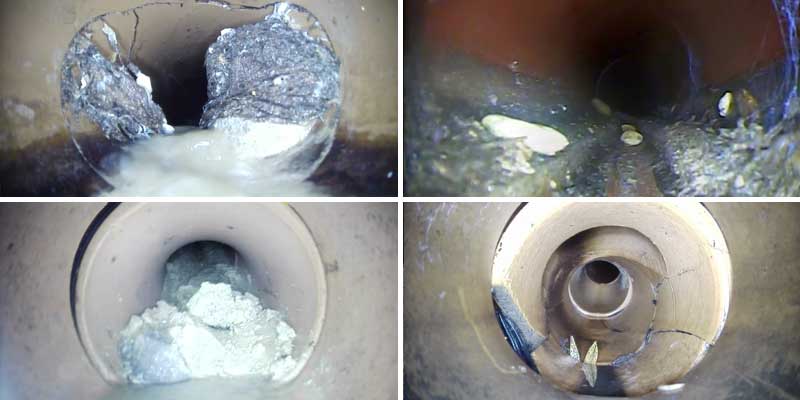
Clockwise from top left. A broken pipe exploited by roots. Encrustation reducing the capacity of the pipe. A broken and displaced pipe. A displaced pipe with rubble.
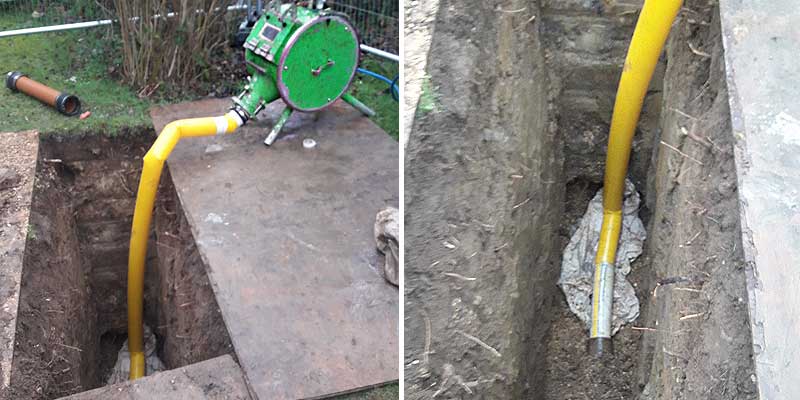
Pipe relining.
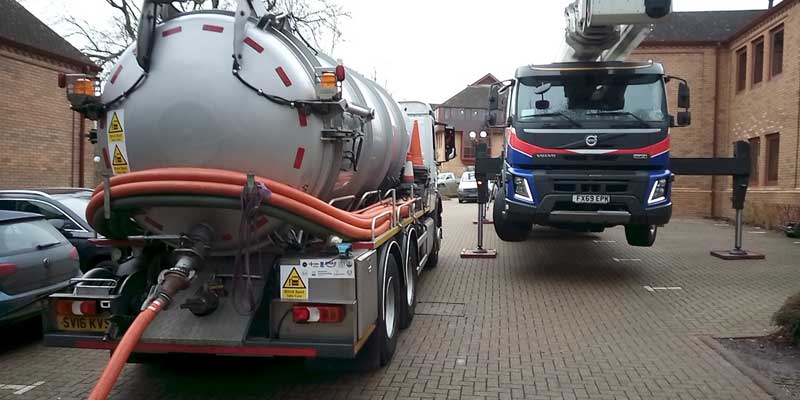
Tankering gullies.
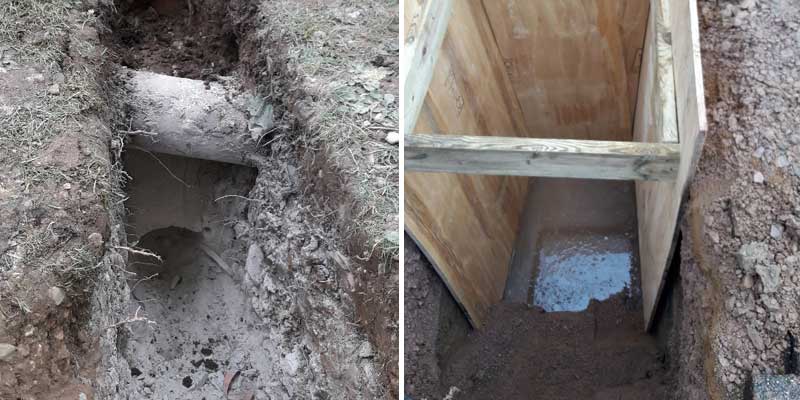
Shallow and deep excavations.
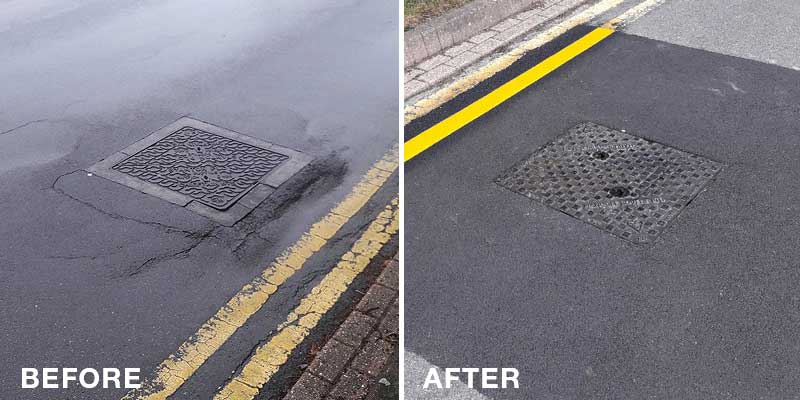
Manholes were replaced and/or reinstated.
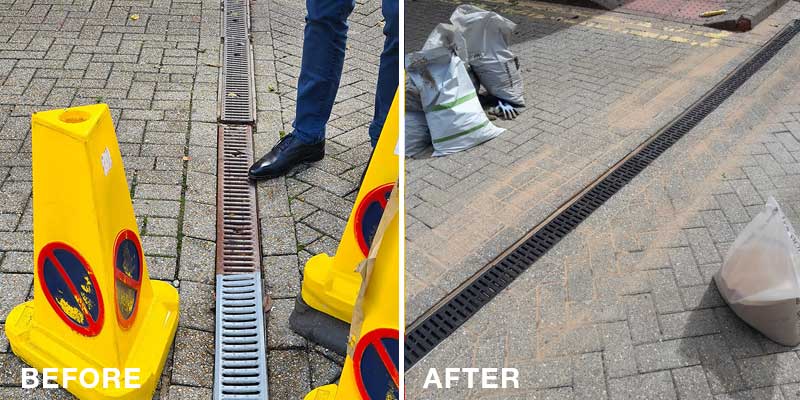
Drainage channels were replaced and/or reinstated.
|
|

